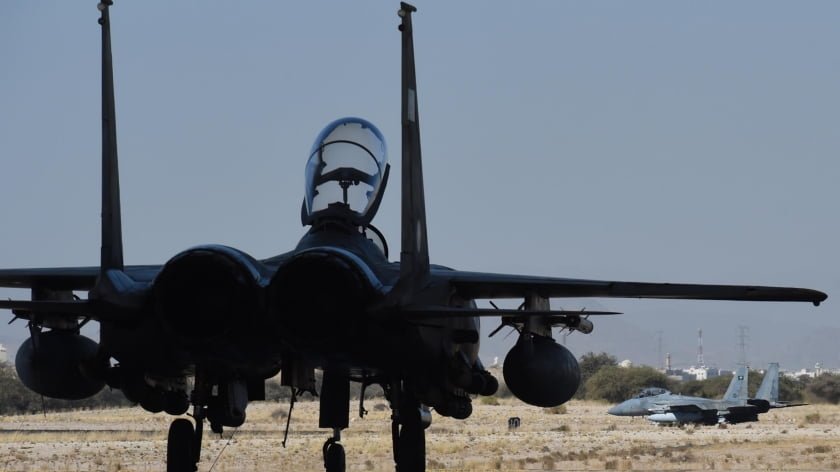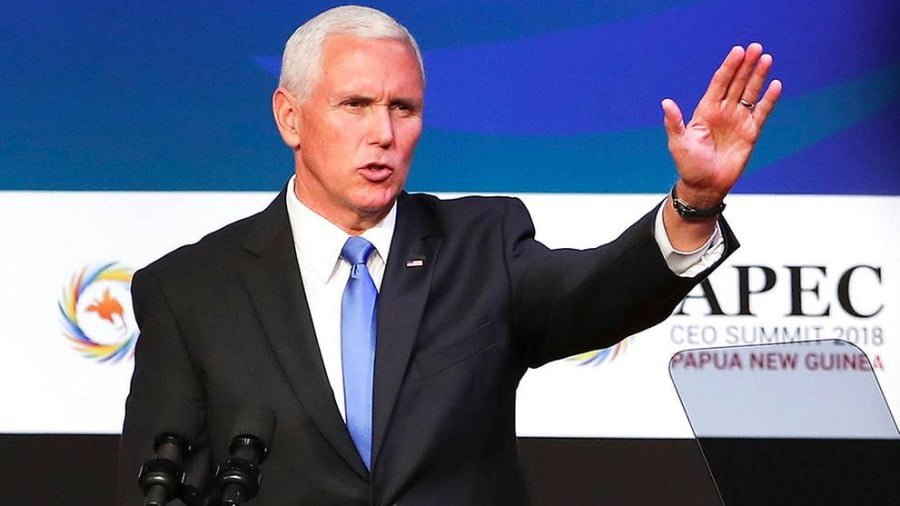What It Will Cost to Militarize Japan
Fumio Kishida’s cabinet continues to create plans to strengthen Japan’s self-defense capabilities while fully ignoring contributing factors.
Tokyo is presenting itself with impressive rearmament opportunities. The country aims to invest $320 billion in its defense capabilities over five years, according to the National Security Strategy announced in December 2022. After 2027, military spending must be increased to 2% of GDP, i.e. twice as much as it is now.
Japan plans to acquire offensive capabilities, with the first phase consisting of the procurement of 500 US Tomahawk cruise missiles. Izumo class helicopter carrier is being converted to properly accept F-35 fighter jets, making it a light but nonetheless true aircraft carrier. The similarly styled JS Kaga could come after it. It has also been decided to expand Japan’s missile defense system. As of now, the aim to update Patriot missile systems to the most recent version is unambiguously stated. A decision is being made whether to build two new destroyers with the Aegis combat system or to purchase its land-based equivalent, Aegis Ashore. Given the bloated ambitions and budget, it’s not impossible that both options will be approved. Something will undoubtedly go to the other components of the self-defense forces in order to enlarge their staff and purchase weapons.
The question arises, where is the local Ministry of Finance. The country’s public debt already surpasses 230% of GDP, which is exceedingly concerning even for the world’s third-largest economy. A cautious optimism may be sparked by promising predictions of GDP growth by 1.5% in 2023, but it is uncertain whether the dynamics will be sustained in light of Chinese limits on the supply of rare earth metals, which are crucial for the local economy, being gradually applied.
Kishida’s ideas also face a significant demographic challenge. Low birth rates have long been a problem for Japan, with the result being a chronic labor shortage. Companies are competing on wages and social benefits to attract qualified workers. Due to its limitations and disadvantages, the military is unable to attract young people.
Another significant element is the widespread anti-militarist stance. The Japanese have learned their lesson from World War II, and a person’s desire to enlist in the military is seen by their community as, at best, a forced solution to a desperate situation. The self-defense forces do not even have complete formations now, let alone an increase in size.
Tokyo is confident in the success of its plans and has already begun rattling its arms loudly in an effort to present itself as a strong military-political player prepared to defend its interests even without assistance from Washington. The Japanese are simultaneously threatening China, Russia, and North Korea, assuming leadership in the QUAD framework, mingling with AUKUS, and even making an effort to exert influence over Europe inside NATO+.
Let us now assume that efforts to strengthen military capabilities and loosen constitutional restrictions fail, with a marginally increased likelihood of failure given the current state of affairs. By then, the nation will no longer be seen as a US satellite that can hold out until the main forces arrive, and will be seen as a somewhat independent force. Junior allies will seek Tokyo’s protection, while Washington’s foes will refocus and intensify pressure on it. Such a stress test would cost Japan a huge loss of credibility in the international arena and would likely plunge its economy into another crisis.







